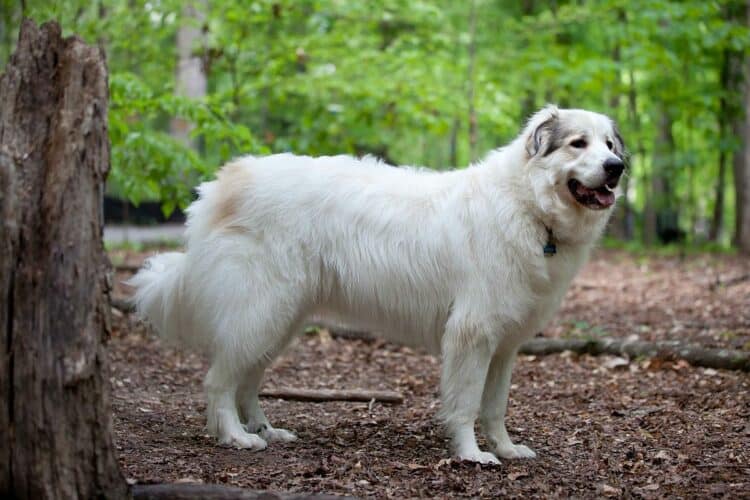Dogs are people’s best friends and lovable companions. For people with dog allergies, however, having a dog can be a miserable experience.
There’s a lot of hype about hypoallergenic dogs for allergy sufferers. The Great Pyrenees is one of the breeds touted for being hypoallergenic, but they’re not. In fact, no dog is truly hypoallergenic, and these dogs have plenty of hair, shedding, and dander to irritate allergy sufferers.
Is the Great Pyrenees Hypoallergenic?
Great Pyrenees are livestock guardian dogs that originated in the Pyrenees Mountains of France. These dogs are affectionate and docile, making them popular with families.
These dogs are gentle giants with thick, fluffy coats, which is exactly the problem for allergy sufferers. These dogs are not hypoallergenic, and with their heavy shedding, they could make allergies worse.
Is Any Dog Hypoallergenic?
Hypoallergenic is a term that means something contains a few allergy-producing substances known as allergens. There’s no agreed-upon scientific or legal definition for the term, however, so seeing it on a label doesn’t mean you’re safe from allergies.
The same applies to hypoallergenic dogs. Though some breeds are low-shedding and less likely to trigger allergies, no dog is truly hypoallergenic. This is because all dogs have dander or skin flakes from their fur or hair, which triggers dog allergies.

What Causes Dog Allergies?
A dog allergy is an allergic reaction to the proteins found in a dog’s skin cells, saliva, or urine. For people with dog allergies, the allergy is usually triggered by exposure to dander that the dog sheds.
In mild cases, dog allergies can cause sneezing, running nose, itchy or watery eyes, nasal congestion, postnasal drip, facial pressure and pain, and a cough. For people with severe allergies, the symptoms may include difficulty breathing, chest pain or tightness, wheezing, and trouble sleeping.
Some people with skin allergies experience skin symptoms with allergic dermatitis, which is an immune reaction that causes raised patches of skin (hives), eczema, or itching.
How to Reduce Allergies
Whether you want a Great Pyrenees or another type of dog, despite your dog allergies, you can reduce your symptoms. Here are some tips:
- Bathe your dog at least once a week to reduce dander and allergens
- Groom your dog regularly to reduce shedding and dander
- Brush your dog outside, if possible
- Choose a pet-free area of your home and don’t allow your dog into it
- Add a HEPA air purifier to your home to reduce allergens
- Wash your bedding regularly and avoid allowing your dog to sleep in bed with you
- Clean and dust your home as much as possible
- Reduce other common allergens, such as dust and cigarette smoke
- Speak to your doctor about allergy medication or immunotherapy
There are many options for controlling and reducing allergens in your home and helping your symptoms. Fortunately, most people with allergies can keep their pets and manage their allergies effectively.
Final Thoughts
The Great Pyrenees is not a hypoallergenic breed. Its heavy shedding and dander could trigger allergies in people, but no dog is truly hypoallergenic. If you suffer from allergies, you can take steps to reduce allergens in your home and live with these gentle giants—or any other dog breed—in harmony.
Featured Image Credit: Great Pyrenees Mountain Dog, Wikimedia Commons CC SA 3.0 Unported
















